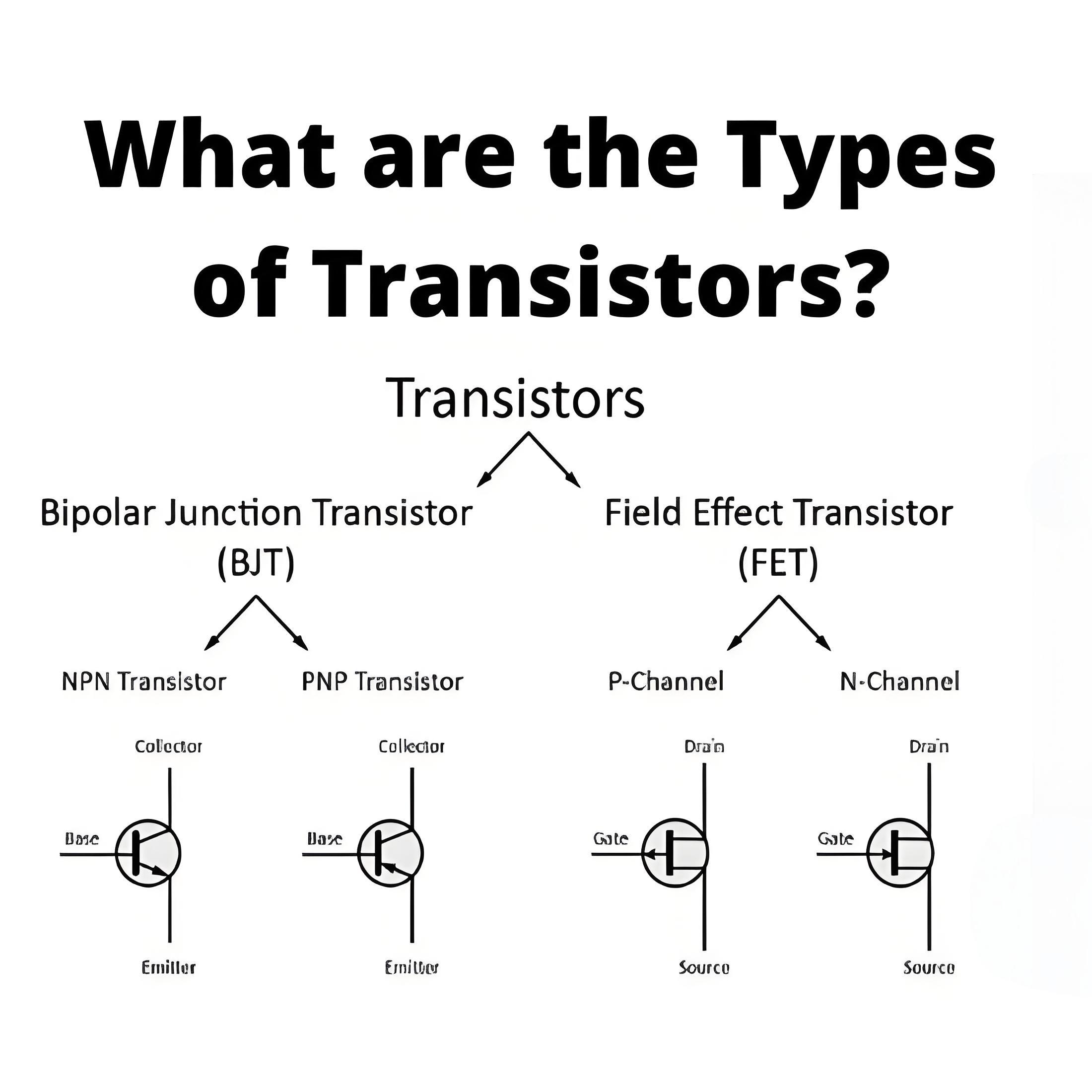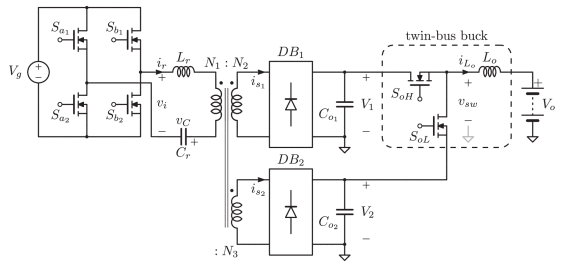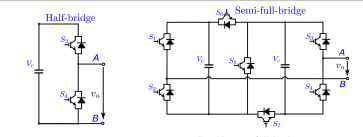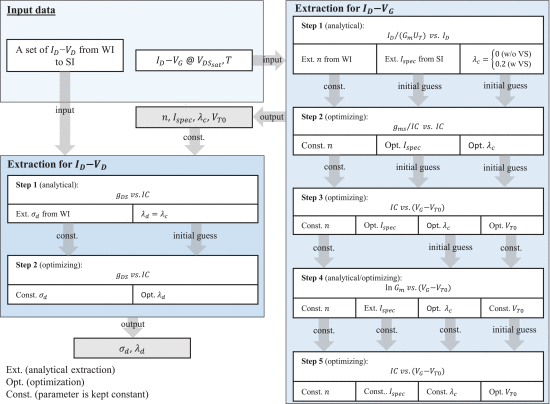Analysis and Design Methodology of RF Energy Harvesting Rectifier Circuit for Ultra-Low Power Applications
This paper reviews and analyses the design of popular radio frequency energy harvesting systems and proposes a method to qualitatively and quantitatively analyze their circuit architectures using new square-wave approximation method. This approach helps in simplifying design analysis. Using this analysis, we can establish no load output voltage characteristics, upper limit on rectifier efficiency, and maximum power characteristics of a rectifier. This paper will help guide the design of RF energy harvesting rectifier circuits for radio frequency identification (RFIDs), the Internet of Things (IoTs), wearable, and implantable medical device applications. Different application scenarios are explained in the context of design challenges, and corresponding design considerations are discussed in order to evaluate their performance. The pros and cons of different rectifier topologies are also investigated. In addition to presenting the popular rectifier topologies, new measurement results of these energy harvester topologies, fabricated in 65nm, 130nm and 180nm CMOS technologies are also presented.
Source: IEEE Xplore
Statement: Respect the original, good articles worth sharing, if there is infringement please contact delete.
IEEE (pronounced "I-triple-E") stands for the Institute of Electrical and Electronics Engineers, a global professional organization dedicated to advancing technological innovation for the benefit of humanity. Founded in 1963 through the merger of the American Institute of Electrical Engineers (AIEE) and the Institute of Radio Engineers (IRE), IEEE has grown into the world’s largest technical professional society, with over 400,000 members across 160+ countries.













